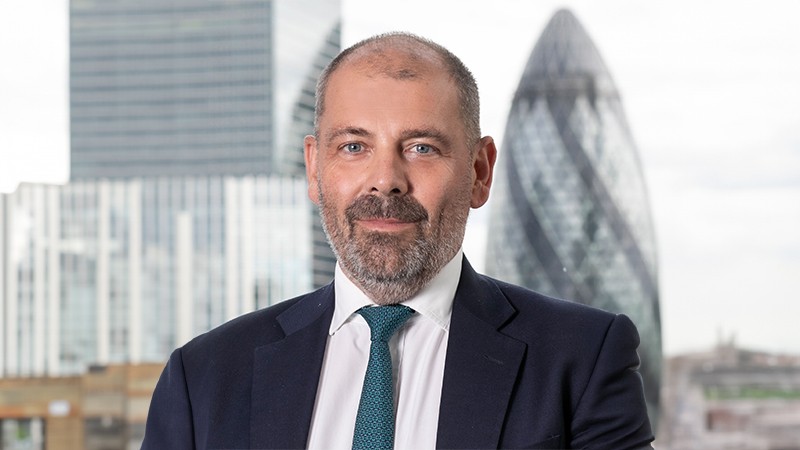According to Investment Association (IA) figures, net sales into UK funds hit £63bn, taking overall funds under management at the end of the year to an unprecedented £1.2trn.
Net retail sales in December alone were £3.7bn while institutional sales hit £2.1bn. The respective figures in 2016 were £2.7bn and £1.7bn.
IA chief executive Chris Cummings said: “Altogether, 2017 was a record-breaking year for IA members with funds under management reaching an unprecedented £1.2trn. This was an increase of £181bn from the previous year, with £63bn coming through net sales and £118bn through investment growth, equivalent to a 10% return to investors.”
Fixed income dominates
Fixed income was the best-selling asset class in 2017 with £7.5bn of the £14.3bn total entering the sterling Strategic Bond sector alone.
However, despite the Strategic Bond sector topping the best-selling chart between August and November, it was ousted at the top in December by the Global sector which attracted £382m.
Strategic Bonds was the second best-selling during the month with £333m of sales followed by Europe ex UK with £277m.
The worst selling sector in December was North America which lost £139m.
Laith Khalaf, senior analyst at Hargreaves Lansdown, said at the start of 2017 it would have been difficult to predict bond funds doing so well, but they were the “surprise winners” when it came to attracting money last year.
“The precise reasons for this phenomenon still remain elusive,” he added. “Some cash savers may have moved up the risk spectrum in search of a better rate of return, other investors may have sought diversification from strongly rising equity markets. Others yet may simply have been expressing a negative view on the UK economy.”
Asset classes
The best-selling asset class in December was Mixed Asset with £1.7bn of net sales – its highest net monthly inflow ever – followed by Fixed Income with £979m and Equity with £426m.
In fourth place was the Other category, which includes the Targeted Absolute Return, Volatility Managed, Protected and Unclassified sectors, attracting £414m during December.
However, at the other end of the spectrum, North American and UK funds experienced outflows of £156m and £202m respectively throughout December.
Khalaf said: “The UK remains a notable pariah on the global stage, with money pouring out of UK equity funds throughout the back end of last year. Brexit and a weak government do of course give pause for thought, however the phobia towards the UK looks overdone, and this presents a contrarian buying opportunity.”
Ethical funds
More than £1bn flowed into ethical funds in 2017, according to the IA’s data, representing the highest annual inflow into this type of fund. In December alone, ethical funds attracted £151m.
IA chief executive, Chris Cummings, said: “As sustainable investment becomes an increasing priority for today’s investors, the IA will be launching a Sustainability and Responsible Policy Group to provide a hub for investor leadership to further promote sustainable investment in our industry.”
Europe also loves fixed income
Separate data from Morningstar, analysing European asset flows, also showed fixed income’s prowess as an asset class in 2017.
The data provider found fixed income products took in a record €288bn (£253bn) across the continent last year. Overall inflows of €682.8bn propelled AUM for European domiciled open-ended funds to €8.9trn in 2017, up from €7.96trn in 2016.
Five of Morningstar’s top 10 categories for inflows in 2017 were bond-related.
The Global Flexible Bond – USD Hedged category attracted the most inflows with €46.2bn, followed by Other Bond with €44.6bn. In fourth place was Global Emerging Markets Bond with €33.2bn inflows; in seventh was the EUR Diversified Bond – Short Term category with €20.6bn; and in ninth place was Global Emerging-Markets Bond – Local Currency which attracted €17.2bn.
Ali Marsawah, director EMEA editorial research at Morningstar, said: “It was a record year for bond funds with €288bn flowing into fixed income products, largely driven by investors targeting higher-yield assets through flexible bond funds.
“However, it remains to be seen if this trend will continue following a bond market sell-off in the first month of 2018, and further structural changes to come through the tapering of the European Central Bank’s bond-buying programme.”











